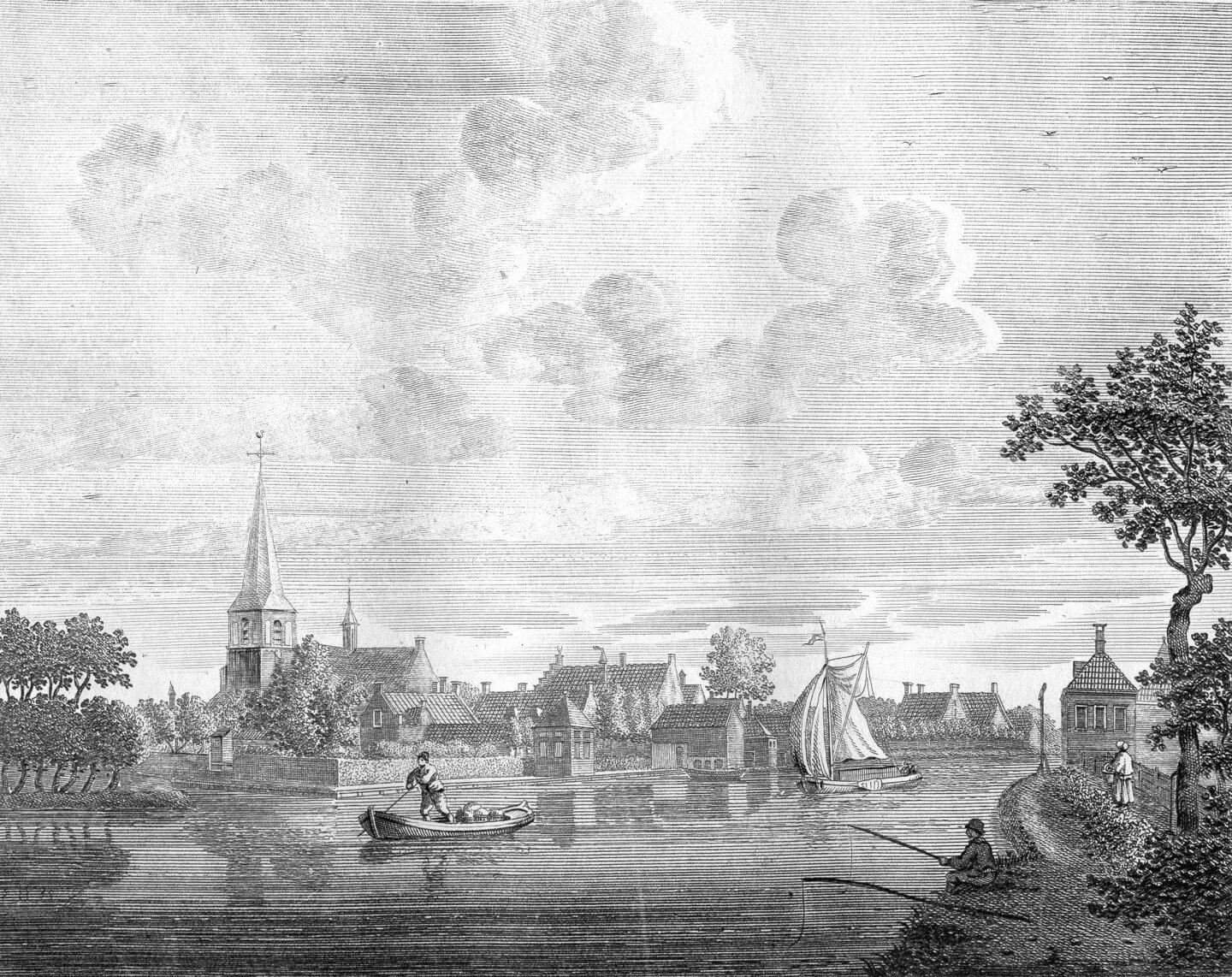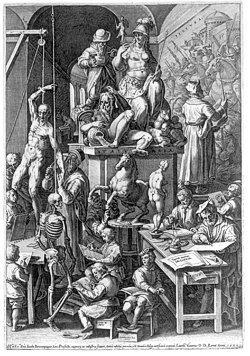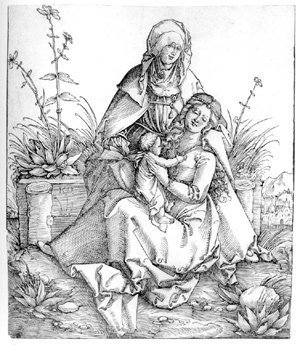The brothers Remigius and Frans Hogenberg have been poorly served by art history. Their print production - varied and of great quality - has barely been studied, and deserves a detailed catalogue. They were born in Mechelen (in c. 1536 and c. 1540 respectively) as the sons of the printmaker Nicholas Hogenberg, who was active in the service of the Archduchess Margaret of Parma. The brothers became orphans at a very early age, and probably learned their art in the workshop of their stepfather, the mapmaker Hendrik Terbruggen. The first dated works of both brothers are satirical images in the manner of and after Pieter Bruegel: dances, a wedding of fools, brothel scenes and illustrations of proverbs. The style of Remigius in these early years was close to that of Hans Bol. Like Bol, the brothers left their native country because of the political and religious upheavals that resulted in the expulsion of Protestants from the southern Netherlands. They moved to England, and later established themselves in Germany.
In the late 1560s Remigius was working in Münster in Westphalia. He engraved a Map of Westphalia after a design by the cartographer Godfried Mascop, and a large View of Münster after Herman tom Ring (1570). He made illustrations after the same artist for books by the alchemist Leonhard Thurneysser (together with a hitherto unidentified monogrammist HHH), Archidoxa and Quinta essentia. By 1572 at the latest Remigius was active at the court of Matthew Parker, the Archbishop of Canterbury. He engraved portraits of the archbishop and others, and also a genealogy of English monarchs, signed and dated 1574. He contributed some of the Maps of Counties of England for an atlas published by Christopher Saxton in 1579. From his hand we also have a series of small portraits of members of the French nobility. Remigius was still alive in 1587, but probably died not long afterwards.
Frans Hogenberg worked in England around 1568, engraving portraits of members of the London court for the so-called Bishops' Bible, published in 1568. Etched views of the Royal Exchange in London have been attributed to him. He had a friendly, lifelong relationship with the Antwerp cartographer and publisher Abraham Ortelius, and engraved many of the maps for his atlas Theatrum orbis terrarum, which appeared in 1570. In that year Frans went to live in Cologne, where he founded his publishing house. He had a large staff. Simon Novellanus and Georg Hoefnagel worked for him on the Civitates orbis terrarum, published together with Georg Braun in 1572, and on broadsheets dealing with political events in Europe since 1530. Many of these prints were used in Michael Aitsinger's De leone Belgico (1584), and in other historical treatises. Following Ortelius's example, Aitsinger praised Frans's unsurpassed art of engraving in the preface to Terra promissionis ('eleganti manu Francisci Hogenbergij exarata[m]'). Frans engraved and published large maps, such as Romani Imperii imago (1571) after a design by Ortelius, and Germania inferioris delineatio (The 17 provinces of the Netherlands; 1578). In 1575 he published 32 sheets of the History of Cupid and Psyche based on designs by Raphael.
The Danish governor of Holstein, Heinrich Rantzau (Frans etched his family tree in 1586), brought Frans to the attention of the Danish court, and in 1588 and 1589 two major print series saw the light of day: the Funeral Procession of Frederick II of Denmark and the Res gestae of Frederick II of Denmark, both produced in cooperation with Simon Novellanus. By that time the publishing firm of Hogenberg was well established. After the death of Frans in 1590 it was continued by his son Abraham until well into the seventeenth century.
Compiled by Ursula Mielke



